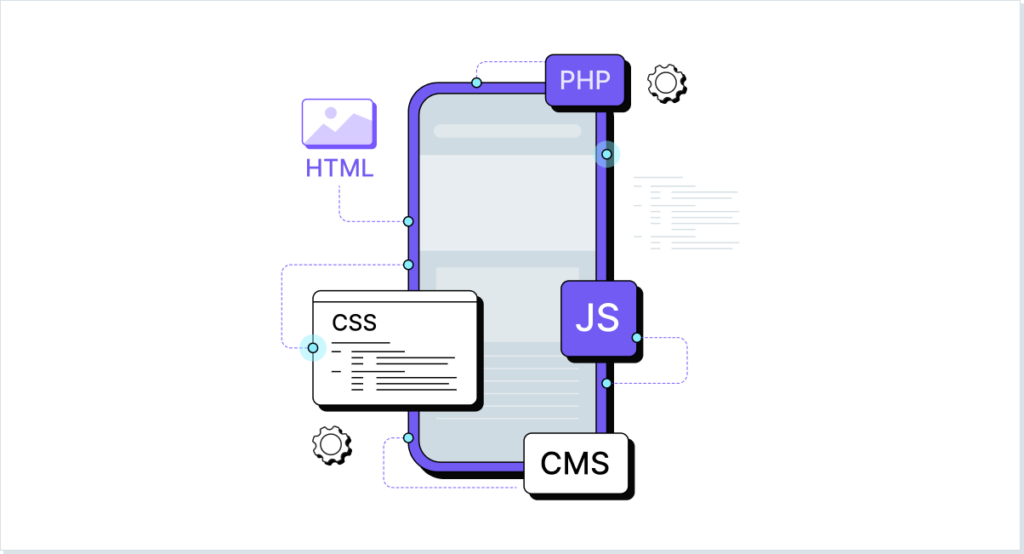In today’s modern corporate IT environment, the browser has evolved beyond a simple application and is now the primary interface for work. It connects employees to managed resources, devices to the web, and the on-premises environment to the cloud. However, this critical placement comes with a significant downside, as the number of threats targeting the browser has increased. Adversaries exploit the core functionality of the browser, such as rendering and executing web pages, to launch attacks.
Therefore, it is imperative that the browser has dedicated protection mechanisms in the same way that endpoints, networks, and clouds do. Browser security solutions do the job by continuously monitoring, analyzing, and applying real-time security controls to browser sessions.
One type of browser security solution is enterprise browsers: a dedicated browser for the workplace that is managed by the organization. How can enterprises choose an enterprise browser vendor that delivers value, not just good marketing? Let’s explore.
What are Enterprise Browsers?
An enterprise browser is a browser that is exclusively utilized and managed by an organization. Its purpose is to enable employees to securely browse for work-related activities. Compared to browsing without any security controls, the enterprise browser offers enhanced security features, including secure browsing, threat prevention, authentication capabilities, and SaaS visibility.
Evaluating Enterprise Browsers
In order to ensure the security and productivity of your organization, you must choose the right enterprise browser. Choosing the right browser security solution can be challenging with so many options available. Here are some key factors to consider when selecting an enterprise browser to help you make an informed decision.
Criteria #1 – Does the browser protect from all CVEs and zero-hour vulnerabilities?
Security should be the top priority when choosing an enterprise browser. Look for a browser that offers comprehensive protection against all CVEs and zero-hour vulnerabilities. The browser should be able to identify and mitigate potential threats in real-time, including phishing attempts and malware downloads. A good enterprise browser should also reduce the attack surface of the browser itself, by preventing unauthorized extensions and enforcing software updates.
Criteria #2: Will the user experience be seamless?
The user experience is critical when it comes to browser adoption in the workplace. Employees are likely to resist using a browser that slows down their workflow or requires them to jump through multiple security hoops to access essential resources. Choose a browser that offers a seamless user experience, without compromising security. The browser should be fast, easy to use, and have minimal impact on productivity.
Criteria #3: Does the browser ensure productivity alongside security?
Enterprise browsers should not be a hindrance to business agility. Traditional security solutions like VPNs can create latency and slow down workflows. Look for a modern browser that balances security and productivity. A browser that can detect and prevent threats without interfering with normal work processes is essential.
Criteria #4: Is the browser easy to deploy?
Deployment is another important factor when choosing an enterprise browser. Choose a browser that is easy to deploy and manage for IT and security teams. Employees should also find the browser easy to use without requiring extensive training. A user-friendly browser that can be customized to suit your organization’s specific needs is ideal.
Criteria #5: Does the browser enable switching between vendors easily?
Security is an ever-evolving landscape, and your organization’s needs and budgets will likely change over time. Avoid locking yourself down to a single vendor and choose an enterprise browser that provides flexibility in terms of alternating solutions if needed.
Criteria #6: Will the browser support multiple use cases?
Consider your organization’s needs when choosing an enterprise browser. If your company is expanding globally or adopting a remote work model, choose a browser that can support these use cases. Compliance requirements, like GDPR and CCPA, may also influence your decision. Look for a browser that can address your specific needs and scale as your organization grows.
Criteria #7: Does the solution monitor and analyze sessions in real-time?
A good enterprise browser should address all aspects of browser security. It should provide real-time monitoring, risk analysis, deep visibility, and proactive protection on the actual, post-decryption web session itself. This capability enables the browser to detect and prevent malicious activity of attacker-controlled web pages that users visit, block account takeover malicious activity, and prevent unintentional data loss.
Criteria #8: Does the browser protect user privacy?
As employees become increasingly conscious of their privacy, they expect their workplace to respect their personal boundaries. However, with the advancement of browser security, the lines between personal and professional activities can become blurred. It is essential to find a solution that can ensure the security of their online activities without making them feel like they are being personally monitored.
Criteria #9: Does the browser protect third parties and BYOD?
Your objective is to allow the internal workforce and external contractors to securely access corporate SaaS resources. Ensure this access is only granted through least-privileged access policies for authenticated users.
Criteria #10: Does the browser support a cloud-first organizational strategy?
One of the primary concerns for organizations considering cloud migration is the security of their sensitive data, as protecting it with only a username and password on the public internet is not enough to prevent malicious access. This obstacle often impedes progress towards a cloud-first strategy. Choose an enterprise browser that addresses these concerns and facilitates a successful move to the cloud.
About the LayerX Solution
LayerX Security’s platform utilizes an enterprise browser extension as well as a cloud-based security engine to integrate with any browser. Instead of replacing mainstream browsers with an enterprise browser, LayerX aims to solve enterprises’ browser security risks while strengthening their solid ecosystems. Unlike enterprise browsers, LayerX is focused on the browser level, is quick to deploy and provides hermetic coverage over every browser in the organization.
LayerX provides deep analysis of browsing events, as well as in-browser threat prevention, SaaS governance and authentication, browsing visibility and browsers’ management and configurations.

